Filter books by:

How do you know what time it is?
Strand
Measurement
Benchmarking
Maths Concepts
Australian Curriculum: Description
This book tells the story of time. From the earliest ‘clocks’ devised by Egyptians to moon cycles, solar calendars, Roman calendars, tme zones and time travel.
Teaching ideas
Used for a unit starter. Many fertile questions can be derived from this book. Test the accuracy of the ancient Egyptian 'stick-clock' system.
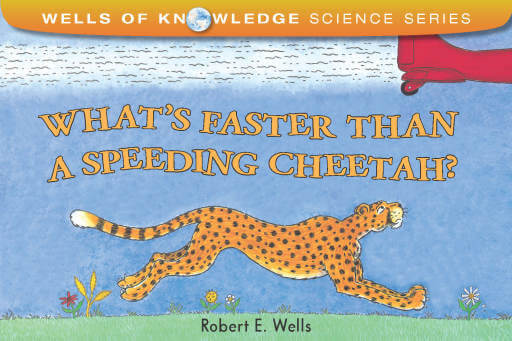
What’s faster than a speeding Cheetah?
Strand
Measurement
Australian Curriculum Year Level
Year 8, Foundation Year, Year 1
Benchmarking
Maths Concepts
Australian Curriculum: Description
This book explores the concept of speed. Different animals, objects and concepts are benchmarked against one another to develop an understanding of speed.
Teaching ideas
Used for a unit starter. Many fertile questions can be derived from this book, e.g. what's faster than a speeding cheetah? Junior secondary could use this book to explore converting abstract units MPR to km/h
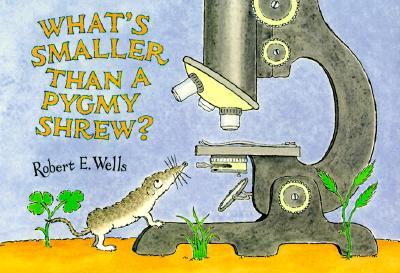
What’s smaller than a pygmy shrew?
Strand
Measurement
Benchmarking
Maths Concepts
Australian Curriculum: Description
This book explores the concept of size. Different animals, organisms and concepts are benchmarked against one another to develop an understanding of relative size.
Teaching ideas
Expressing all sizes referred to in the book as scientific notation (including the integers); ranking the relative sizes in ascending/decending order; investigating BIG numbers e.g. trillions etc
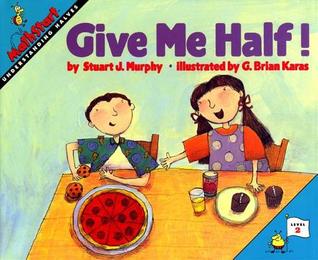
Give Me Half!
Strand
Number
Australian Curriculum Year Level
Year 2, Year 3, Foundation Year, Year 1
Part-Part-Whole
Maths Concepts
Australian Curriculum: Description
This story is about a brother and sister who are asked to share all their food and drink; pizza, cupcakes, drink etc
Teaching ideas
(1) Read the story and describe what's going on in each picture; (2) vocabulary-half, whole, share, divide, divided equally; (3) gather materials (objects, quantities and collections) and discuss how you would halve them; (4) draw pictures of objects in your classroom, and lines to show 'half'
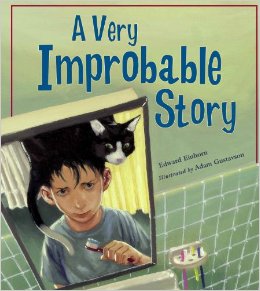
A Very Improbable Story
Strand
Statistics and Probability
Multiplication and Division Triangle
Maths Concepts
Australian Curriculum: Description
This book is a story centered around probability. Ethan goes about his morning routine while his cat friend “odds” teaches him about the probability of choosing two marbles the same colour from a large collection, two matching socks from a small collection and so on.
Teaching ideas
(1) Discuss the history of probability and the mathematicians Blaise Pascal and Pierre de Fermat; (2) "act out" the probability situations from the story to draw conclusions; (3) conduct similar experiments and record results with and without technologies
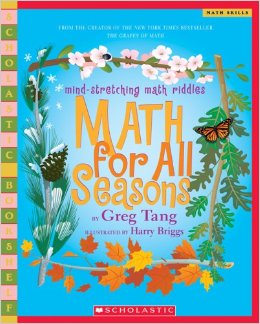
Math for All Seasons
Strand
Number
Australian Curriculum Year Level
Year 2, Year 3, Foundation Year, Year 1
Maths Concepts
Australian Curriculum: Description
This book explores counting up collections of items and objects. The book encourages seeing patterns to make the counting quicker than one-by-one.
Teaching ideas
(1) Prep students can count the objects in the collections within this book; (2) years 1-3 students can be encouraged to 'see the pattern' to help them partition to count up the objects in the quantities quicker; (3) Final pages of the book show the answers using numbers and symbols as well as circles drawn around the collection, year 2s and 3s should be encouraged to set their work out using numbers and symbols
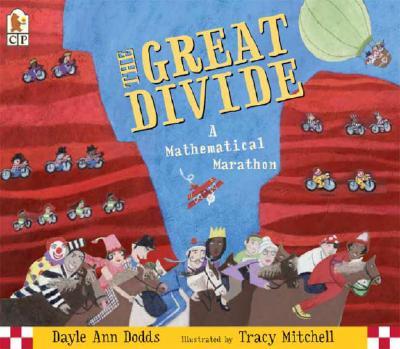
The Great Divide: A mathematical marathon
Strand
Number
Mental Strategies
Maths Concepts
Australian Curriculum: Description
This book contextualises division using a cycling marathon. Students can mentally calculate how many racers are left after each mishap then check as they turn the pages.
Teaching ideas
(1) Have students develop their own context/idea/story for division, have them see if their elbow partner can mentally calculate the correct answer; (2) Have students use numbers and symbols to represent the number sentences in the story
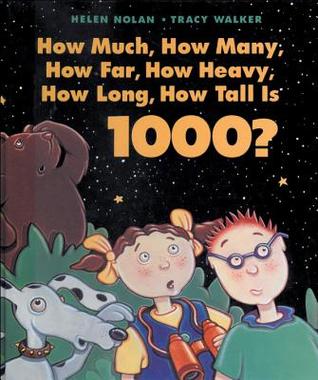
How Much, How Many, How Far, How Heavy, How Long, How Tall is 1000?
Maths Concepts
Australian Curriculum: Description
This book gives a huge variety of contexts to the number one thousand. As the title describes, they explore collections, quantities, distances, weight, length and height as the children in the story try to understand how ‘big’ one thousand really is.
Teaching ideas
(1) Lots and lots of hands-on experience helps students understand large numbers. Use pasta, coins, beads, counters, other manipulatives; (2) using technology students could do a line of 25 'o', then copy and paste it four times to show an array of 100; (3) wrapping paper and patterned fabrics can be used to circle collections too.

Alex’s Adventures in Numberland
Maths Concepts
Australian Curriculum: Description
A book “reclaiming maths from the geeks”. The author explores the mathematical ideas that underpin almost every facet of our lives. He travels the world meeting the fastest human calculators and a numerate chimpanzee in Japan. Snippets of amazing mathematics in the real world and proofs that will have you rapt.
Teaching ideas
Hooks for lessons. Introduction to new topics. Interesting 'starters' for lessons. Ideas to showcase mathematics or numeracy at subject evenings, open days, learning fairs etc.
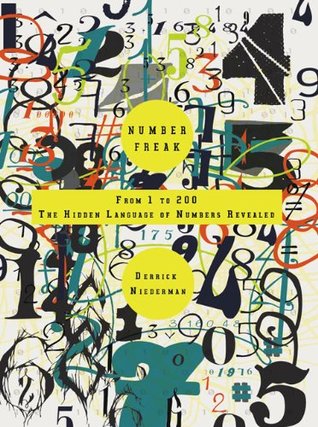
Number Freak : From 1 to 200 The Hidden Language of Numbers Revealed
Maths Concepts
Australian Curriculum: Description
“Number Freak is a guided tour of the numbers 1 to 200 – covering everything from basic mathematical principles to ancient unsolved theorems, from sublime theory to delightfully ridiculous trivia, and spanning the worlds of science, nature, sports, literature, pop culture and more”.
